
Road trips across Australia have surged in popularity as travellers rediscover the country's spectacular landscapes, with new data showing domestic driving holidays now account for 45 per cent of all leisure travel.
Tourism Australia research reveals Australians are choosing scenic drives over international holidays, driven by improved road infrastructure and stabilising fuel costs averaging $1.60 per litre nationally.
The Australian Automobile Association reports major improvements to road conditions following $2.8 billion in Victorian regional road upgrades and completion of highland access works in Tasmania.
Accommodation booking platform Wotif recorded a 23 per cent increase in road trip bookings compared to the previous year, with travellers seeking flexibility and better value than overseas holidays.
Electric vehicle infrastructure has expanded dramatically, with new charging stations along popular routes including the Great Ocean Road and Pacific Highway making 2025 the first year electric road trips become practical across multiple states.
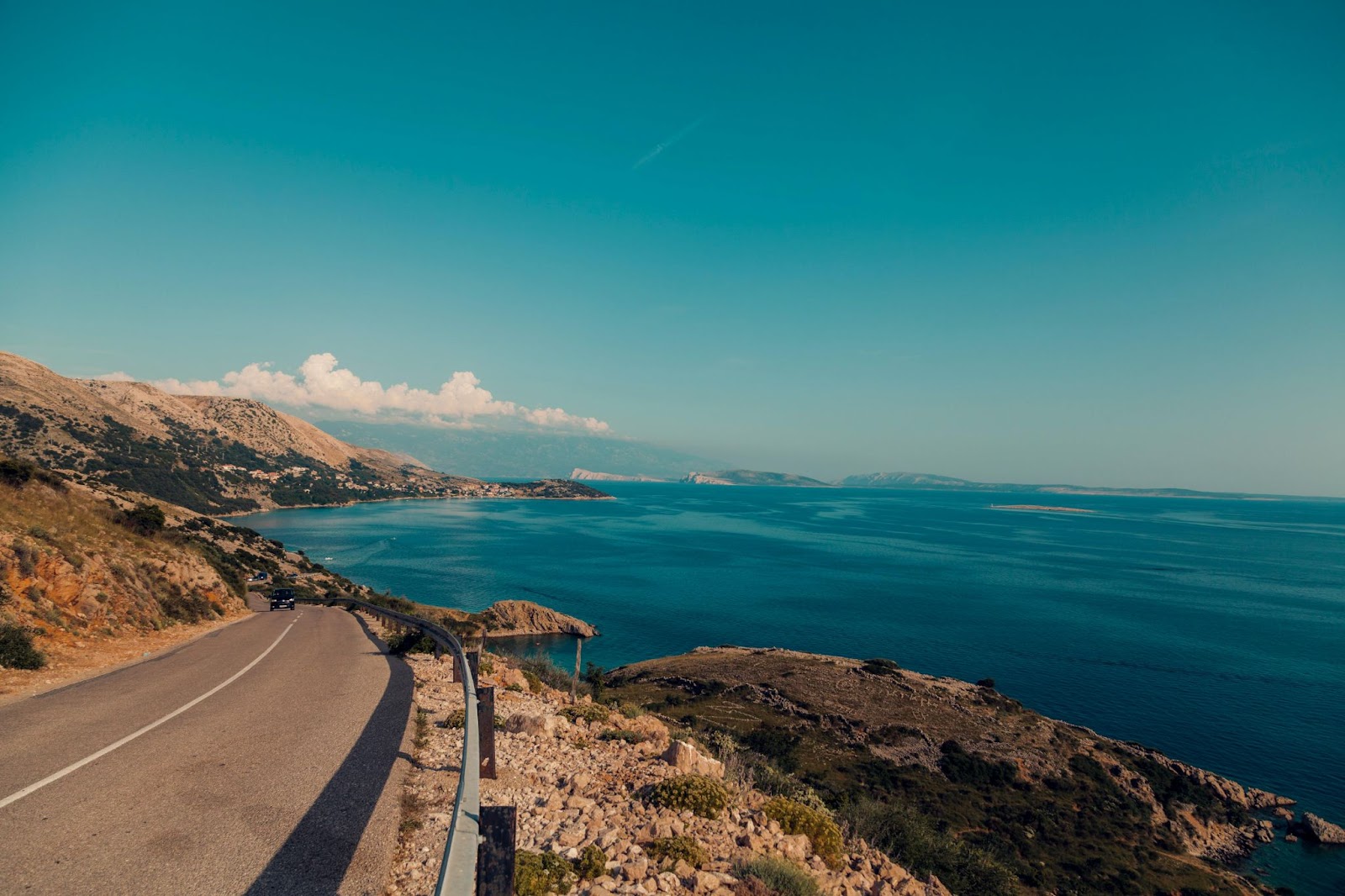
Victoria's iconic 243 kilometre coastal route from Torquay to Allansford passes the famous Twelve Apostles limestone formations and countless surf beaches that define the state's tourism appeal.
The Victorian Government completed major viewing platform upgrades at Loch Ard Gorge this year, while new parking facilities at Port Campbell have reduced the notorious summer bottlenecks that frustrated visitors for decades.
March to May offers ideal conditions with mild weather and manageable crowds. Bells Beach hosts the Rip Curl Pro surfing championship each Easter, while Apollo Bay provides excellent whale watching opportunities from June through September when southern right whales migrate past the coast.
VicRoads warns the route includes 60 kilometres of winding coastal road requiring constant attention from drivers. Morning fog often reduces visibility between Lorne and Apollo Bay during winter months, while some stretches exceed 100 kilometres between fuel stations.
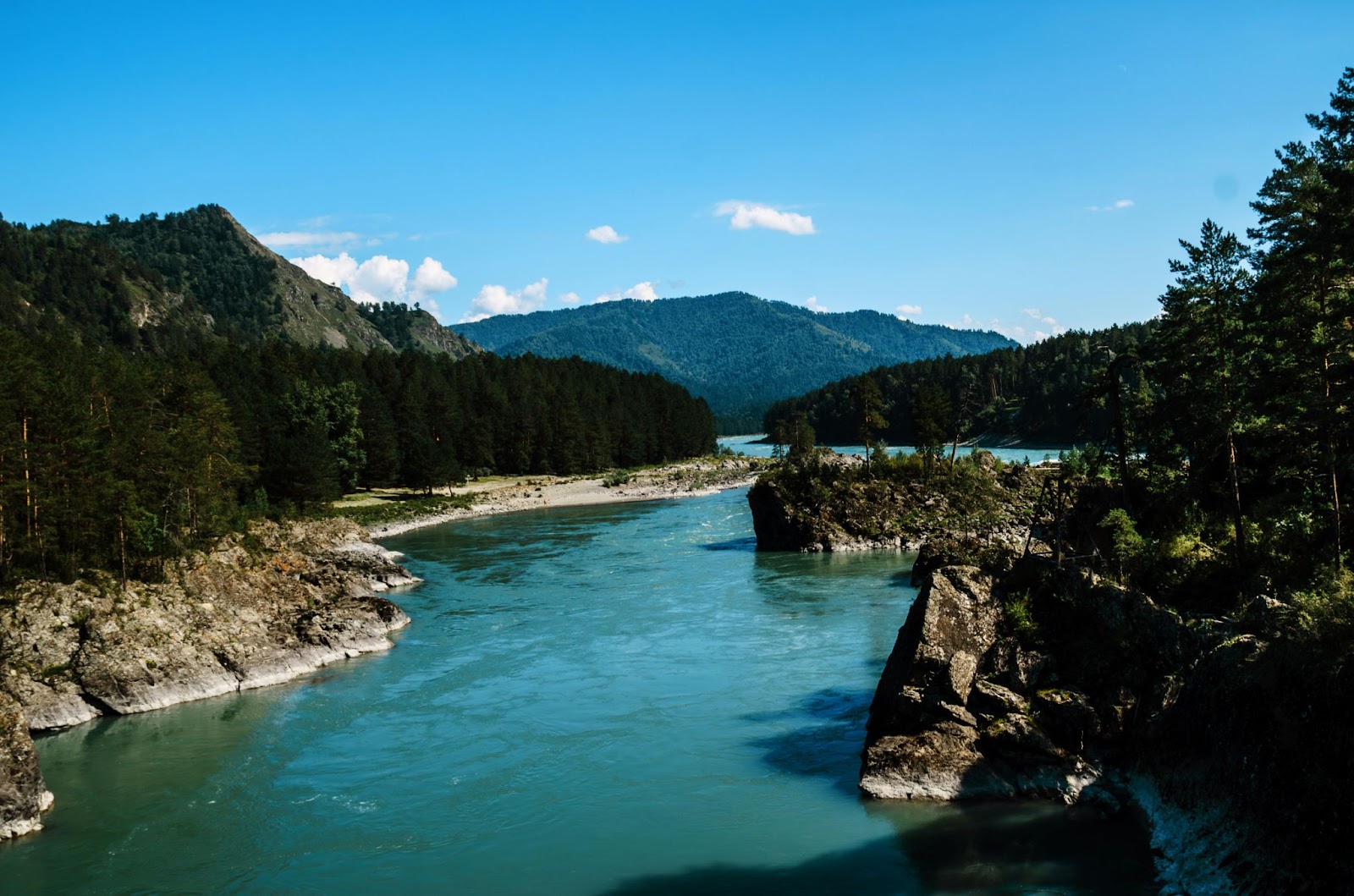
This 140 kilometre loop west of Sydney combines world heritage wilderness with historic mountain towns, offering either day trip convenience or weekend escape opportunities for city dwellers.
Most visitors concentrate around Katoomba's Three Sisters lookout, but the grand circuit includes Govetts Leap and Blackheath's heritage railway offering equally spectacular views without tour bus crowds.
Mount Wilson's avenue of English trees creates autumn colours rivalling international destinations, while Wentworth Falls base track leads to swimming holes largely unknown to casual visitors. Local tourism operators recommend weekday morning visits for optimal conditions and photography opportunities.
Sydney residents can complete the circuit in eight hours including stops, though staying overnight in Leura or Blackheath allows time for bushwalking and exploring local antique shops without rushing. Mountain accommodation books out quickly during autumn colour season.
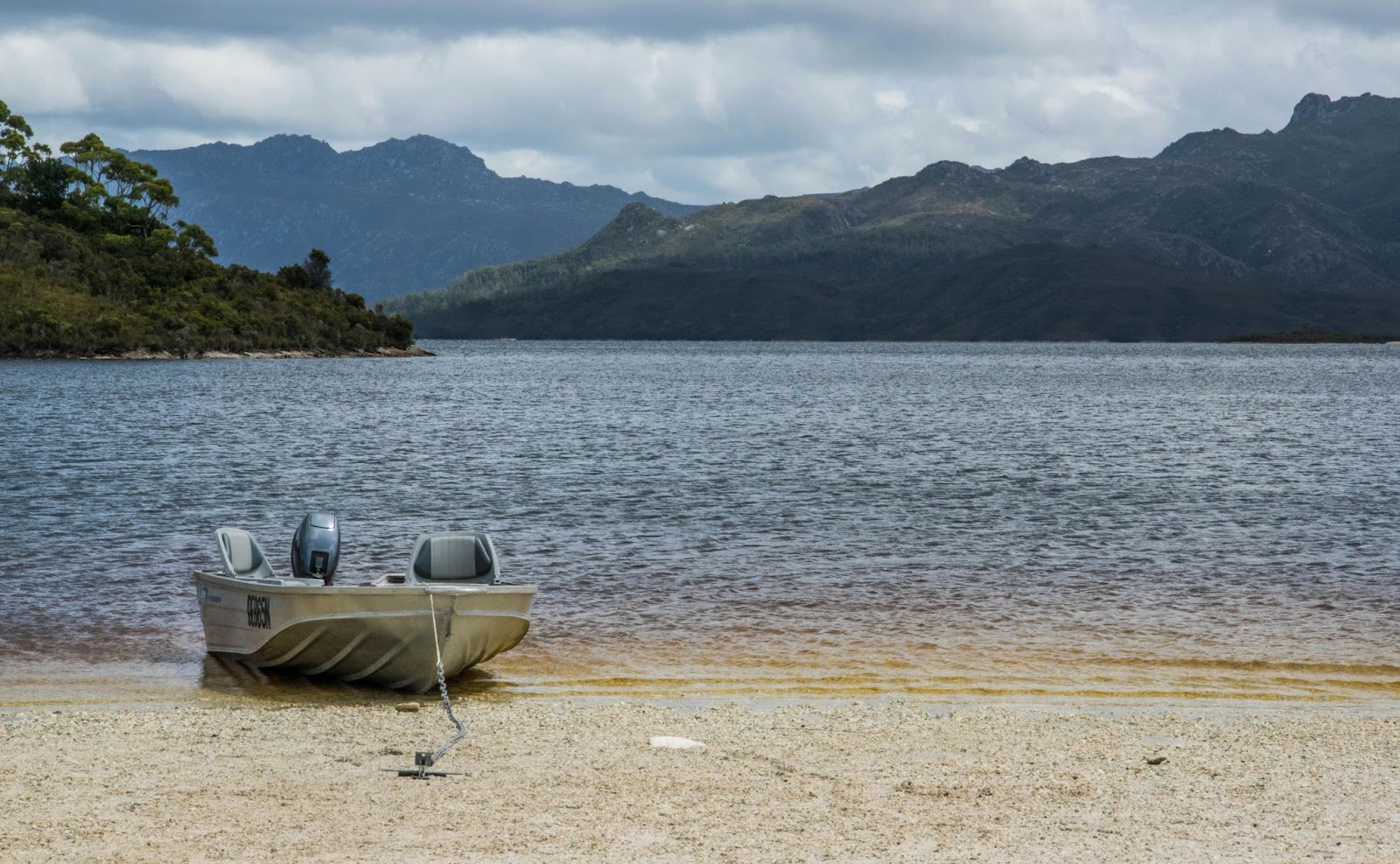
Tasmania's premier alpine drive traverses 65 kilometres of world heritage wilderness, connecting the island's most photographed mountain with Australia's deepest natural lake.
The route passes through four distinct ecosystems from temperate rainforest to alpine moorland. Parks Australia maintains excellent road conditions year round, though winter snow occasionally requires chains above 1,000 metres elevation.
Cradle Mountain-Lake St Clair National Park has recorded over 150 bird species including the rare orange-bellied parrot. Dawn and dusk provide optimal wildlife viewing opportunities, with Tasmanian devils, wombats, and echidnas commonly spotted by patient observers.
Cradle Mountain Lodge offers luxury wilderness accommodation while basic huts suit budget conscious travellers. The Bureau of Meteorology warns that temperatures can drop 15 degrees between lake level and mountain peaks, requiring layered clothing even during summer months.
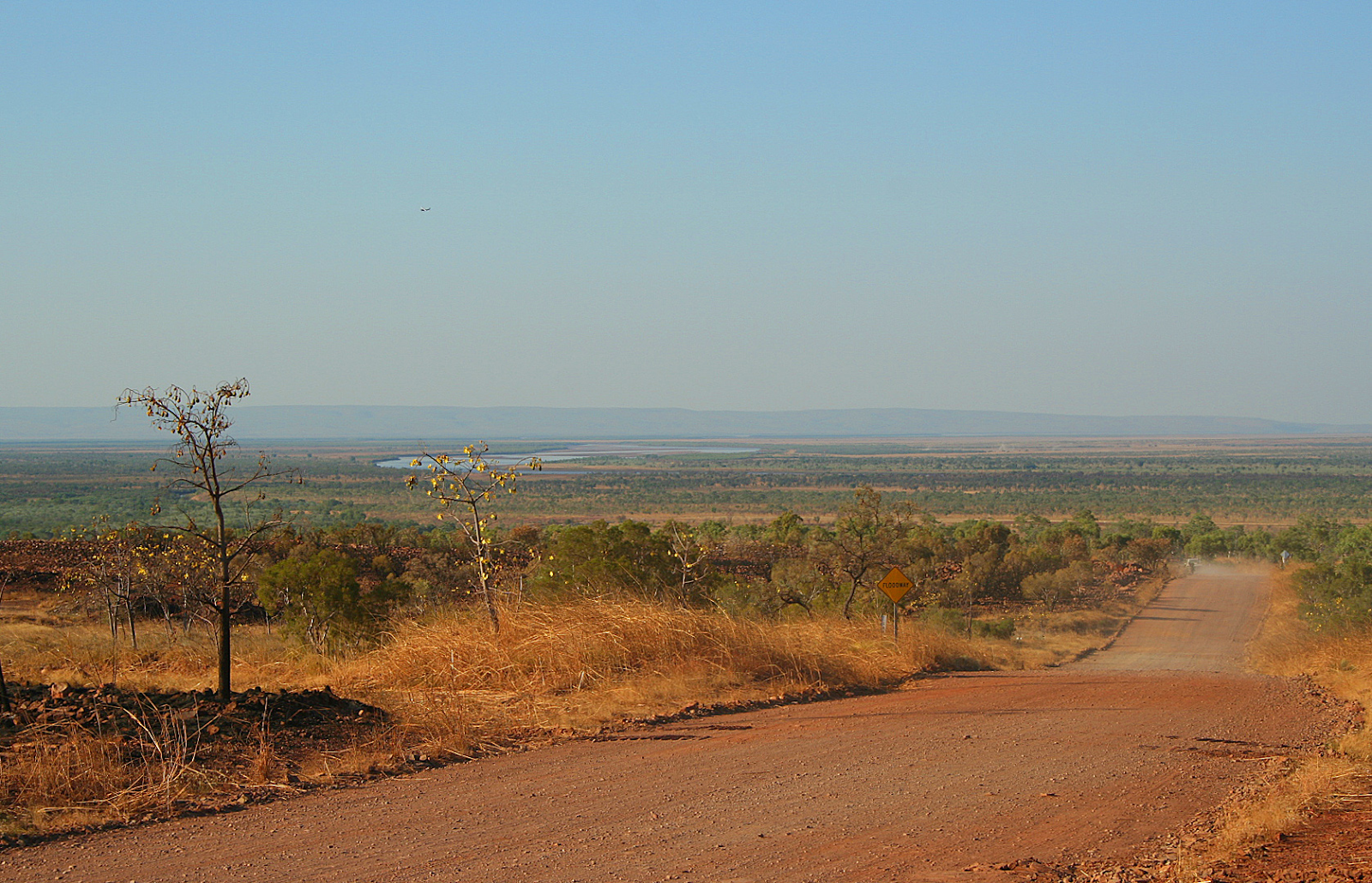
This 660 kilometre outback adventure connects Derby to Kununurra through the Kimberley's heart, demanding serious preparation but delivering unmatched remote beauty experiences.
Tourism Western Australia describes the Gibb as Australia's last frontier drive, crossing cattle stations larger than many European countries. The route includes dozens of creek crossings, pristine gorge swimming holes, and Indigenous rock art sites dating back 40,000 years.
High clearance four wheel drives are mandatory, with conventional vehicles risking expensive damage on rocky sections. RACV recommends carrying dual spare tyres, extra fuel, satellite communication devices, and emergency food supplies for five days minimum.
Designated camping areas offer basic facilities every 100 to 150 kilometres along the route. Derby and Kununurra provide final major supply opportunities, with some stations selling basic provisions at premium prices though availability cannot be guaranteed.
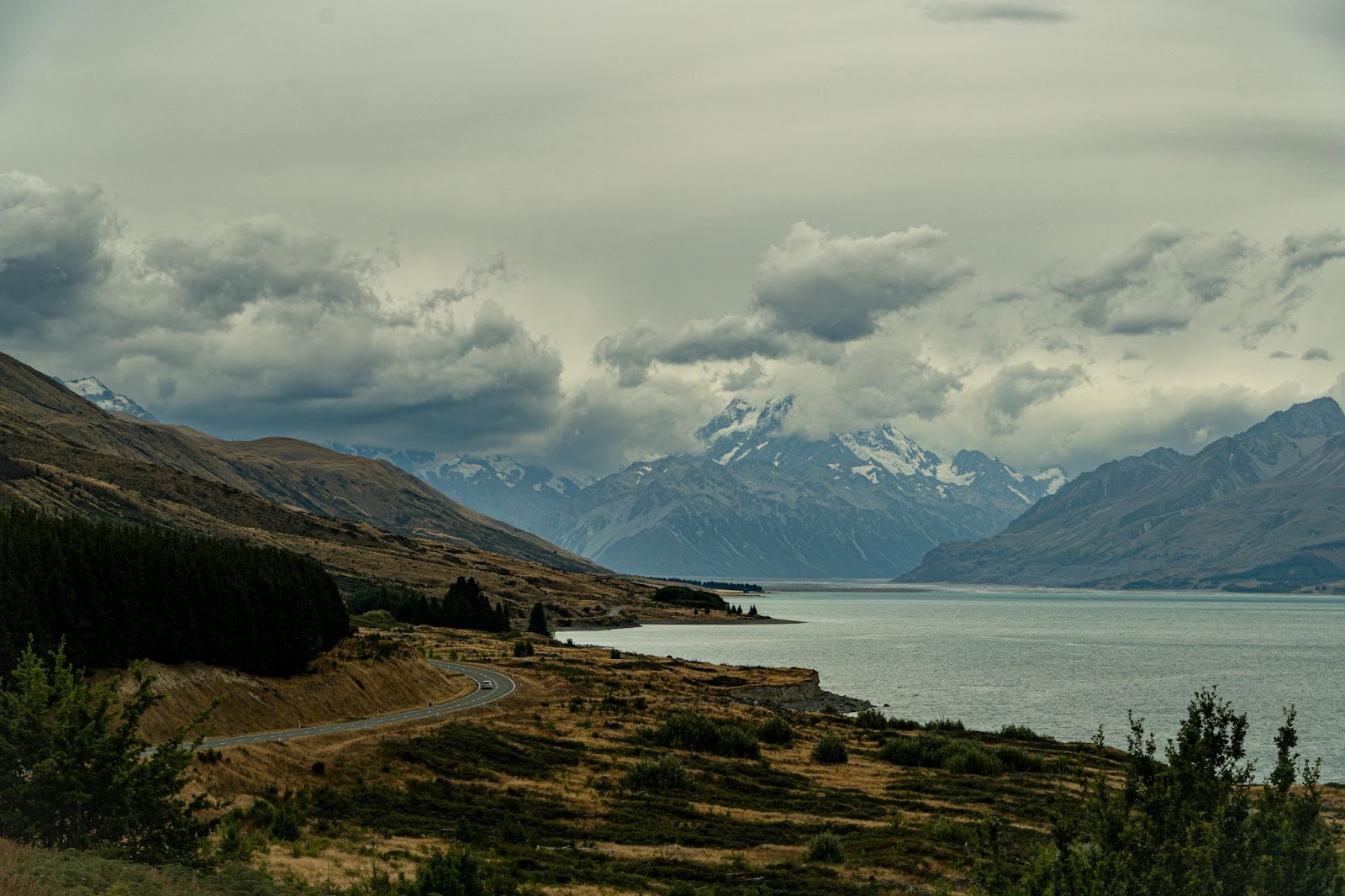
This spectacular 81 kilometre coastal route ranks among the world's most scenic drives, hugging beaches where tropical rainforest meets reef between two popular tourist destinations.
Tourism Tropical North Queensland promotes the highway as gateway to two World Heritage areas: the Great Barrier Reef offshore and Daintree Rainforest inland. Palm Cove and Port Douglas offer direct reef access via charter boats and helicopter tours.
May through October provides ideal driving conditions with minimal rainfall and temperatures around 26 degrees. The Bureau of Meteorology warns that wet season driving from November to April brings spectacular waterfalls but also cyclone risks and potential flooding.
The route passes through traditional Yirrganydji country, with cultural centres offering guided walks and traditional food experiences unavailable elsewhere. Local Indigenous operators provide unique perspectives on country connection and sustainable tourism practices.
RACV recommends comprehensive vehicle inspections before extended drives, particularly checking tyres, brakes, cooling systems, and emergency equipment. Many standard insurance policies exclude coverage for unsealed roads, requiring policy verification for intended routes.
Rental companies including Hertz and Budget offer specialised scenic drive packages, often including GPS units, camping equipment, and enhanced breakdown coverage for remote area travel.
Australian Institute of Petroleum data shows fuel costs averaging $1.60 per litre nationally, with remote area premiums reaching $2.20 in some locations. A typical five day scenic drive covering 1,500 kilometres requires approximately $350 in fuel for mid sized vehicles.
Accommodation costs range from $25 nightly for powered camping sites to over $400 for luxury lodges. Budget conscious travellers should plan $150 to $200 daily for comfortable mid range options including meals and activities.
Personal loans help many Australians fund major holidays when savings fall short of travel costs. Lenders including CashLend offer holiday specific loan products designed for travel expenses, with interest rates typically ranging from 6 per cent to 20 per cent depending on credit history and loan amount.
Financial comparison websites recommend examining total interest costs against alternative saving strategies or travel reward credit cards before committing to loan agreements. Some lenders offer payment holidays or flexible repayment options particularly suitable for irregular income earners.
Emergency Plus provides accurate GPS coordinates to emergency services anywhere in Australia, while WikiCamps lists camping options with user reviews and real time availability updates. FuelMap tracks petrol prices across routes, potentially saving significant amounts on extended drives.
Weather Zone offers detailed forecasts essential for alpine and outback driving conditions, while traffic applications help avoid urban congestion when approaching major cities along scenic routes.
Download offline maps for areas with poor mobile phone coverage, particularly in Tasmania and Western Australia's remote regions. Inform family or friends of planned routes and expected arrival times for safety purposes.
Pack extra water beyond normal requirements, as dehydration significantly affects driving concentration and recovery time. Check current road conditions via state transport department websites, particularly for unsealed sections prone to weather related closures.
Book accommodation well in advance during peak seasons to avoid uncomfortable vehicle sleeping arrangements. Australia's scenic drives offer experiences unavailable elsewhere on earth, from ancient rainforests to pristine beaches and vast desert landscapes stretching beyond horizons.